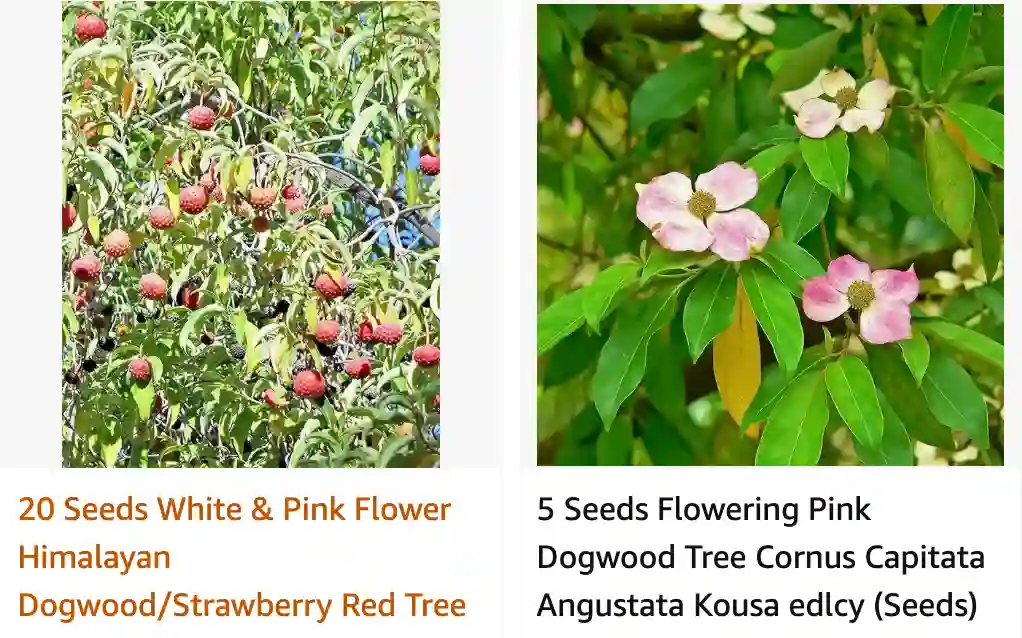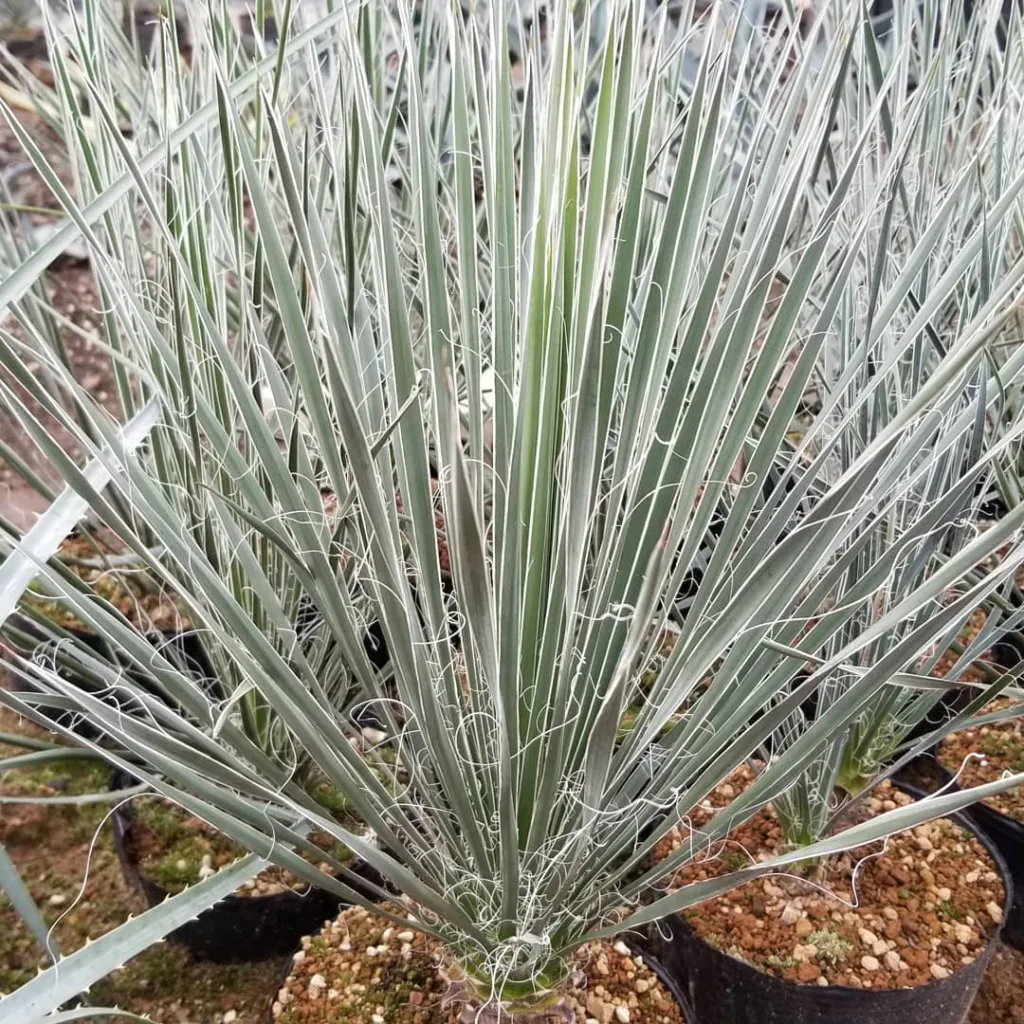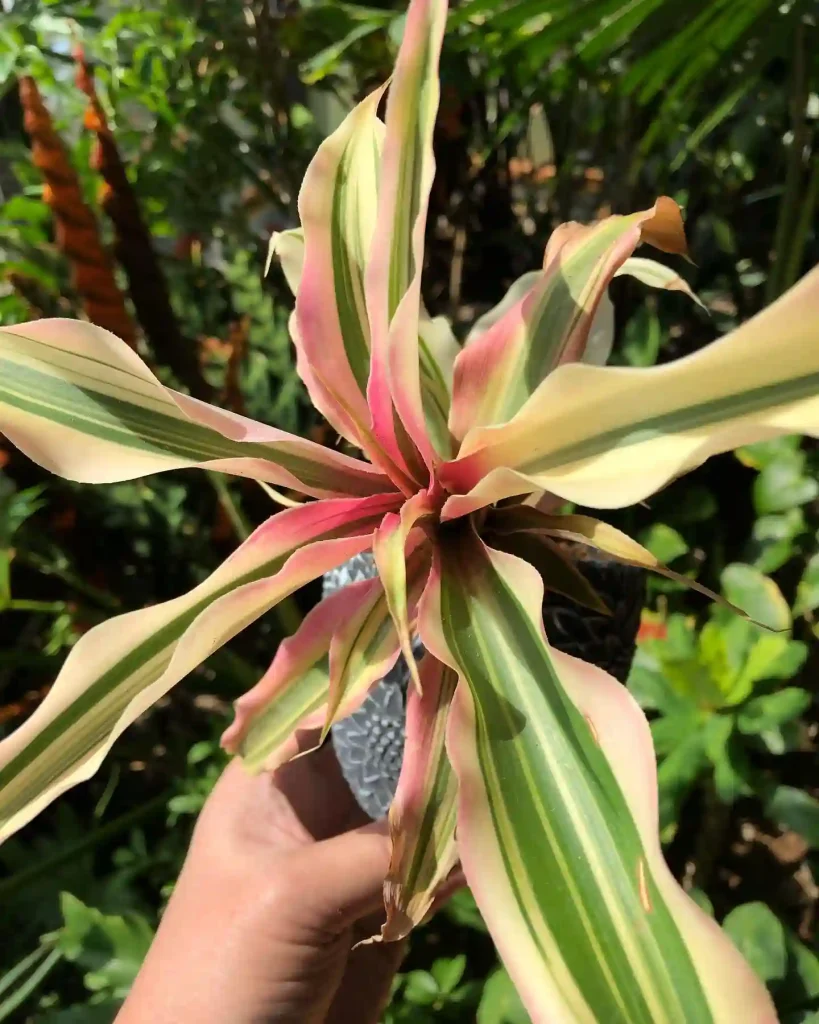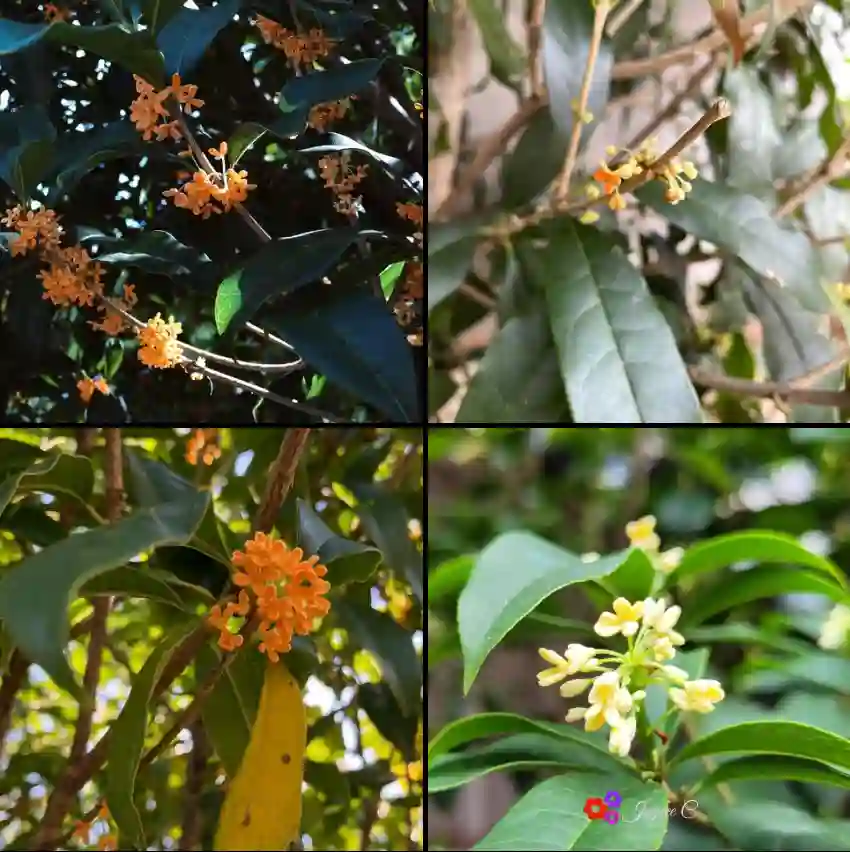
My Adventures with the Cornus Capitata: A Plant Full of Surprises
For years, I’ve been a gardening enthusiast, always on the lookout for unique and interesting plants to add to my collection. That’s how I stumbled upon the Cornus capitata, also known as the Bentham’s Cornel, Evergreen Dogwood, or Himalayan Strawberry Tree. This beauty from the Himalayas captured my heart with its stunning display of flowers and intriguing fruit. But there was so much to learn! In this article, I’ll share my experiences with the Cornus capitata, from its ornamental value to the practicalities of caring for it.
56 Species in Genus Cornus – Dogwood
Unveiling the Beauty of Cornus capitata
The Cornus capitata is a true showstopper. It’s an evergreen shrub or tree, reaching heights of up to 12 meters. What truly sets it apart is the captivating display of blooms. During the summer months, the plant explodes with clusters of creamy-white bracts, resembling large flowers. These bracts give way to another delightful surprise – the fruit.
The Cornus capitata produces clusters of small, round fruits that start green and ripen to a vibrant red. They resemble miniature strawberries, hence the nickname “Himalayan Strawberry Tree.” While the fruits may look tempting, there’s more to discover about their edibility.
Cornus Capitata vs Cornus Kousa
I’ve found Cornus Capitata to be a real standout in my garden, with its unique, pineapple-like fruit and glossy leaves that really pop. On the other hand, Cornus Kousa has always impressed me with its stunning, showy blooms and the way its exfoliating bark adds a bit of winter interest.
Can You Eat Cornus capitata Fruit?
This was one of the first questions I had when I saw the fruit. While the Cornus capitata fruits are technically not poisonous, they are not particularly palatable. They have a tart and astringent flavor, not something you’d enjoy in a fruit salad. However, the good news is that birds seem to disagree!
Do Birds Eat the Fruit of Cornus capitata?
Absolutely! The vibrant red color of the fruit is a beacon for feathered friends. My Cornus capitata has become a haven for robins and finches who eagerly gobble up the berries. It’s a lovely sight to see them enjoying this delightful snack, adding another layer of life to my garden.
How to care for Cornus capitata?
Now that we’ve explored the ornamental aspects, let’s delve into caring for this captivating plant. Here are some key things to remember:
- Planting: Cornus capitata prefers well-drained, organically rich soil with full sun to partial shade. Aim for a spot that gets at least 6 hours of sunlight daily.
- Watering: Water your Cornus capitata regularly, especially during the first year after planting. Once established, it’s fairly drought tolerant but will appreciate a good soaking during dry spells.
- Pruning: Pruning helps maintain the shape and encourages bushier growth. The ideal time to prune Cornus capitata is in late winter or early spring before new growth appears. You can use the opportunity to remove any dead, diseased, or crossing branches.
How to Prune Cornus capitata Mountain Moon?
Pruning your Cornus capitata Mountain Moon is a relatively simple process. Here’s a step-by-step guide:
- Gather your tools: You’ll need a pair of sharp pruning shears or loppers, depending on the branch thickness. Make sure they are disinfected with rubbing alcohol to prevent the spread of disease.
- Identify branches for removal: Start by removing any dead, diseased, or damaged branches. Look for branches that are brown, brittle, or have signs of insect infestation.
- Shape the plant: Once you’ve removed unwanted branches, you can focus on shaping the plant. For a bushier appearance, make cuts just above an outward-facing bud. Aim to shorten branches by no more than a third of their length to avoid stressing the plant.
- Clean up: After pruning, clear away any debris from around the base of the plant. This helps to improve air circulation and prevent the spread of disease.
Additional Tips for a Thriving Cornus capitata
Here are some bonus tips to ensure your Cornus capitata thrives:
- Mulch: Apply a layer of mulch around the base of the plant to retain moisture, suppress weeds, and regulate soil temperature.
- Fertilizer: While not strictly necessary, you can give your Cornus capitata a boost with a balanced fertilizer in spring.
- Winter protection: In colder climates, young plants may benefit from winter protection. Wrap the base of the plant with burlap or use a row cover to shield it from harsh winds and freezing temperatures.
With a little care and attention, your Cornus capitata will reward you with years of stunning blooms, vibrant fruit, and a touch of the Himalayas in your own backyard. So, if you’re looking for a unique and conversation-starting addition to your garden, consider giving the Cornus
capita a try. Just remember, its charm goes beyond aesthetics! The birds will love it, and you’ll gain a newfound appreciation for the beauty and diversity of the plant world. From its captivating blooms to its surprising fruit, the Cornus capitata is a true gem for any garden.
If i die, water my plants!



